FDA Releases Draft Guidance on Essential Drug Delivery Outputs
FDA Law Blog
JULY 23, 2024
Lenz, Principal Medical Device Regulation Expert — For several years, FDA has requested that sponsors of drug or biologic led combination products identify essential performance requirements (EPRs) related to the device constituent in their applications. By Adrienne R. does not use this term.





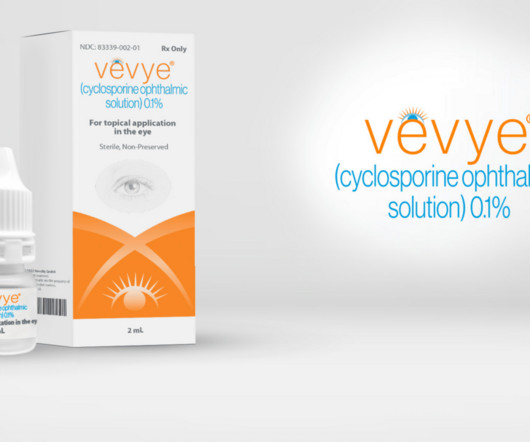
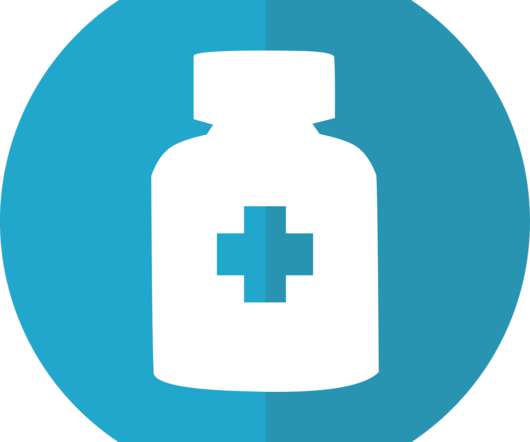




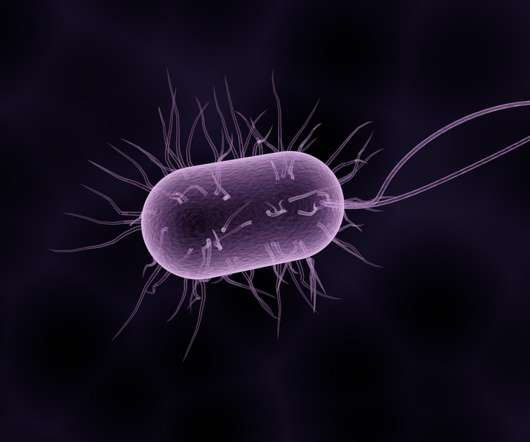
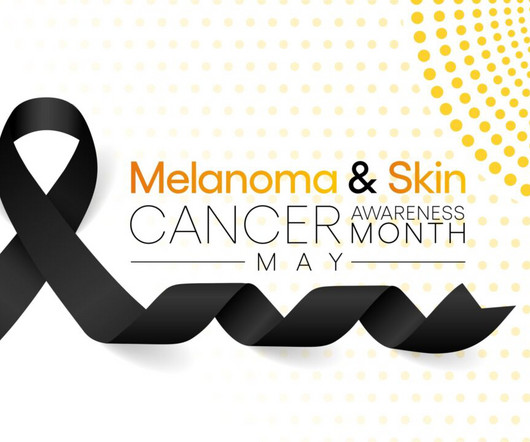


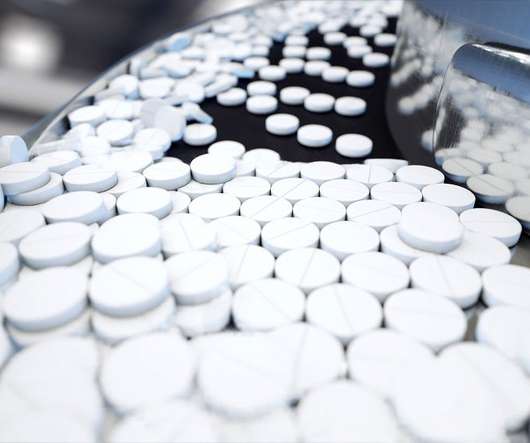







Let's personalize your content